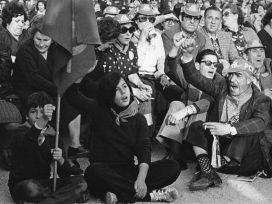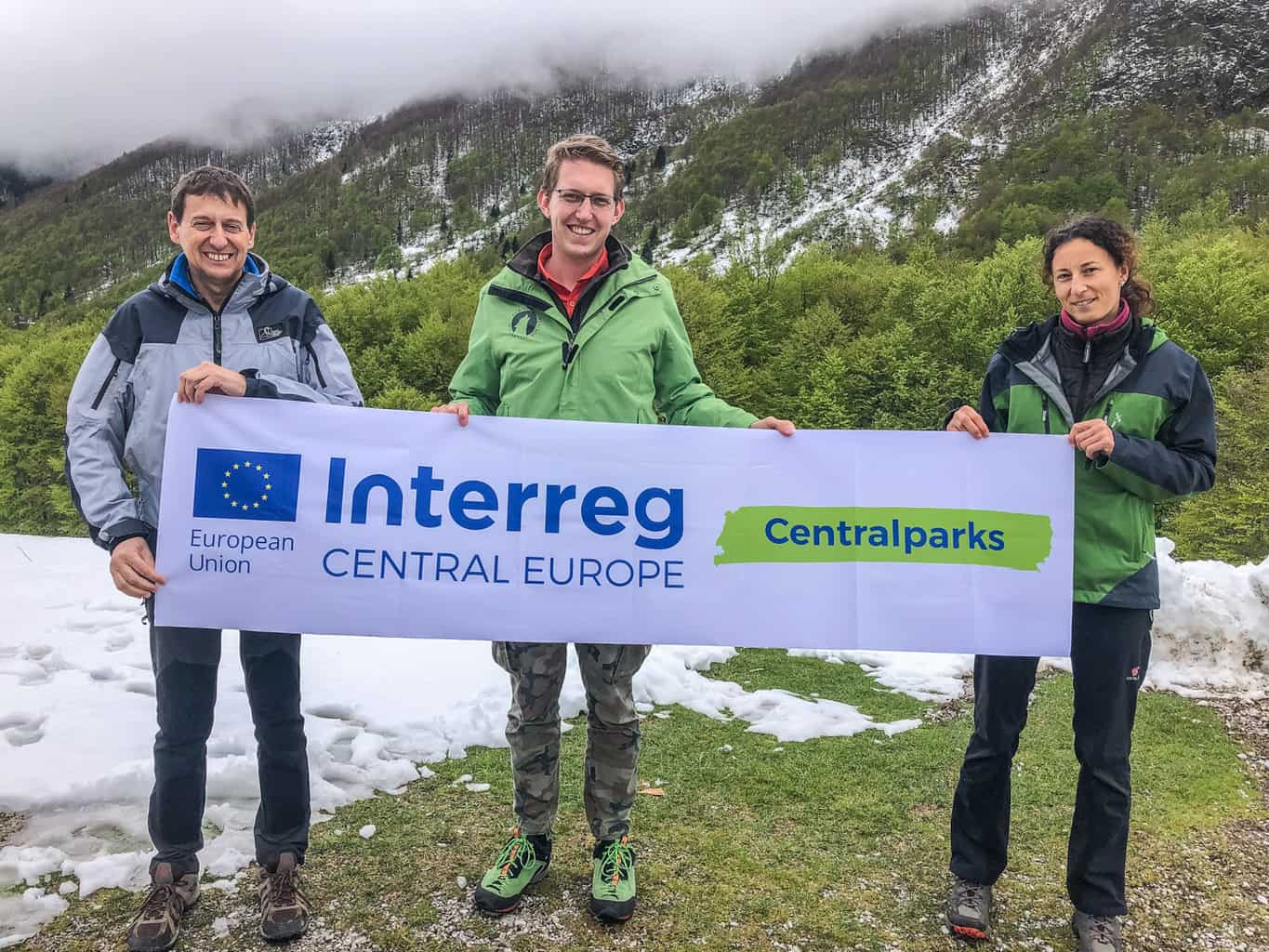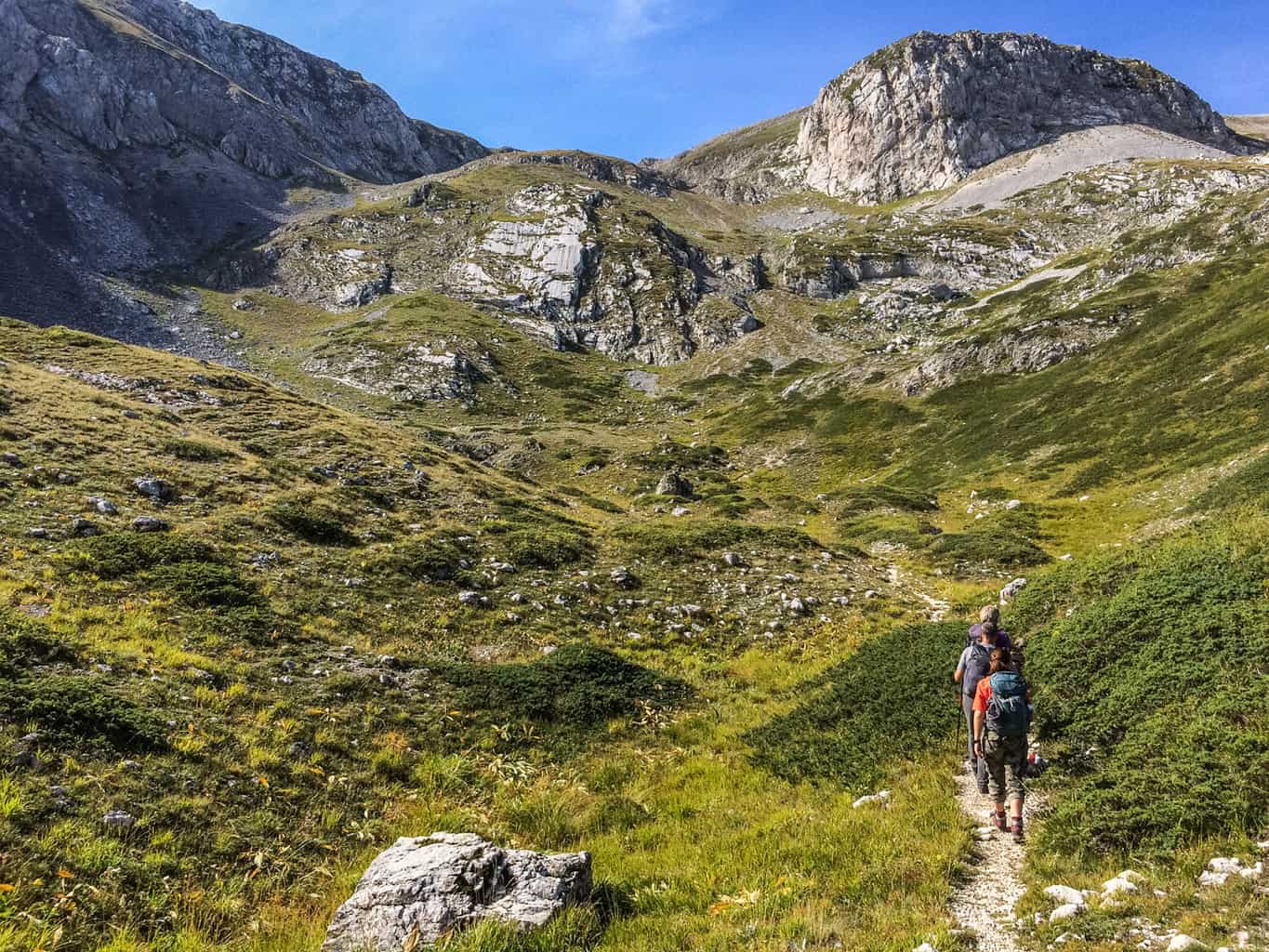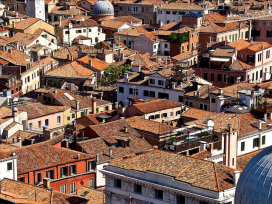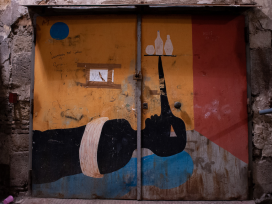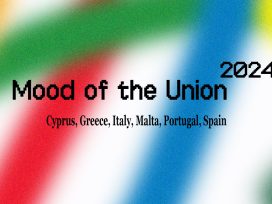‘If the sea rose by a few metres and flooded … the Po Valley, Italy would become a single, enormous mountain,’ said politician Meuccio Ruini, whose reflection, though written in 1919, is still pertinent today. Ruini, who knew a thing or two about geography, having played a leading role in the Ministry of Public Construction, and became a Constituent Assembly Minister after the fall of Fascism, identified not only the rift between Italy’s North and South but also a ‘mountain issue’.
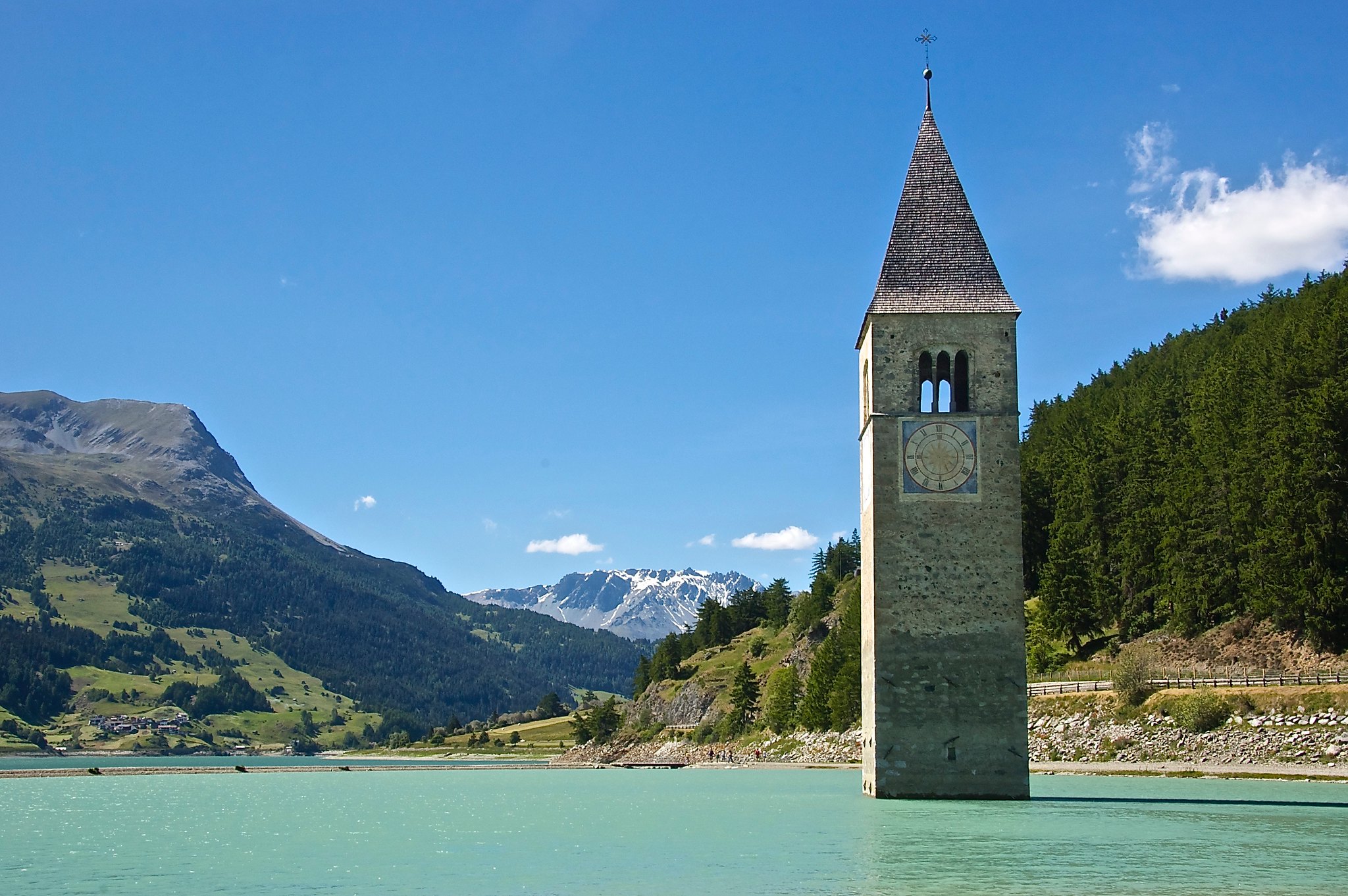
Villages submerged under reservoir, South Tirol, Italy. Photo by John Mason from Flickr
Ruini subdivided Italy into two parts: Padania and Appenninia. The former, which can broadly be described as Italy’s Holland, refers to the area surrounding the Po river. Once a highly fertile region and cradle of Europe, it is now, only one century later, among the most polluted regions in the continent.
The latter has almost no plains, apart from one in northern Apulia and an area ‘bordering on the Tyrrhenian Sea, where a few valleys … were home to glorious civilizations’. Climate, habitability and forms of communication ‘strongly mark’ these areas, which materially and symbolically define the Apennines.
Yet the Apennine mountains, Ruini continues, do not benefit the land to which they give their name, unlike the Alps for Padania. The Alps, as an outer edge, both ‘protect’ and ‘distinguish’ the plains that define Italy’s northern regions, the autonomous land they created. Meanwhile, the Apennines, a 1,500km-long mountain range forming Italy’s backbone, ‘radiates’ into its surrounding areas, shaping their economic features and way of life.
Despite these differences, the Alps and the Apennines do share certain issues and characteristics. In Ruini’s view, these consisted not only in poverty and a subsistence economy but also pride and an ability to reconcile differences due to the mountains being both crossroads and borderlands.
Polycentrism
Alongside distinctive mountains and plains, Italy’s other geographical variety shouldn’t be forgotten. The country’s small and middling cities, hills and villages, coastal towns crowded in the summer and empty in the winter, productive rural areas undergoing depopulation, and industrialized basins, valleys and other manufacturing districts undergoing crises, all make up Italy’s geographically delineated ‘polycentrism’, which is nevertheless tied to an idea of homogeneity and uniformity.
Valorizing polycentrism requires policies capable of connecting different regions. Such policies create markets, networks and infrastructure, forms of compensation for services, demographic strategies and economic supply chains. Italy is a country made up of polycentric territorial systems, both metro-mountainous and metro-rural, which seamlessly bring together environmental and cultural diversities within a spider’s web of interdependences and human, ecosystemic and logistic flows.
Seen in this light, the entire country can be considered a mosaic, a polycentric geography made up of ‘bumpy’ territorial systems. Often, however, political boundaries are based on administrative separations, obeying criteria defined centrally or by those searching for political consensus. Only rarely do they follow the operational interdependences of polycentrism and the development strategies designed by the people who live and work within those same boundaries.
Poorly defined boundaries, criteria that do not follow the contours of each context, separation instead of interconnection: how can we valorize polycentrism in policies for mountainous areas? New metro-mountain and metro-rural agreements and contracts are required that make the most of the interdependences, needs, services and synergies shared by different areas. This requires a new ‘spatial contract’ between urban settlements and green/rural/mountainous areas, which must be free of an urban-centric mindset and create value out of ‘mutual recognition’.
This gives rise to a wide range of potential issues: valorizing ecosystemic and agricultural resources; dealing with the new uses of land and housing due to climate change; grasping opportunities that involve shifts in residence and remote working; creating supply chains based on local production; and encouraging exchanges in skills, ecosystemic services and green infrastructure.
How is it possible to valorize polycentrism, in terms of economic growth, without further damaging the environment, building high-impact infrastructure and creating additional land consumption? How is it possible to pay for the human labour required to maintain ecosystemic services in local areas? All of this requires a shared vision of these single areas, not enslaved to administrative boundaries or the search for political consensus, but one that identifies and promotes social innovation based on polycentrism, engaging its resources and protagonists.
The same goes for cities and green infrastructure. Areas used for production, recreation and tourism, radiating out from cities, blend with the rural landscape and lay the groundwork for an extended city, above and beyond administrative boundaries. Metro-rural characteristics also appear within cities sprinkled with green areas, parks, fields and semi-rural districts. The outskirts of Rome and Turin, for example, alternate buildings with meadows and often dilapidated farms.
What Arturo Lanzani, urban planner and proponent of Riabitare Italia (Reinhabit Italy), refers to as ‘middle Italy’ has decidedly metro-rural features: a continuum between the city and the countryside that, like mountainous areas, is marked by demographic restrictions, abandoned buildings, halted construction sites and unsold property.
The mountainous majority
Metro-mountain polycentrism affects the majority of Italy’s administrative divisions that are theoretically referred to as metropolitan cities. With the exception of Milan and Venice, ten out of Italy’s twelve metropolitan cities include and administer a significant portion of municipalities classified as mountainous or partially mountainous. Indeed, over 50% of the municipalities within the jurisdictions of Genoa, Rome, Reggio-Calabria, Messina, Palermo and Cagliari are mountainous or partially mountainous.
This is nothing new: these metropolitan cities were established thanks to the ‘ritual sacrifice’ of their respective provinces, whose administrative boundaries went well beyond their cities. Moreover, roughly 90 of Italy’s provincial capitals and municipalities with over 50,000 inhabitants are located less than 15km from a mountainous area, concretely shaping a metro-mountainous national system made up of different cities and mountains.
Mountains, as recalled by geographer Giuseppe Dematteis, are often the ‘outskirts of the outskirts’. According to the classification provided in the National Strategy for Internal Areas, mountainous areas are home to two thirds of Italy’s ‘outlying’ and ‘extremely outlying’ municipalities. These areas account for 1.6% of the country’s population but 20% of its surface area.
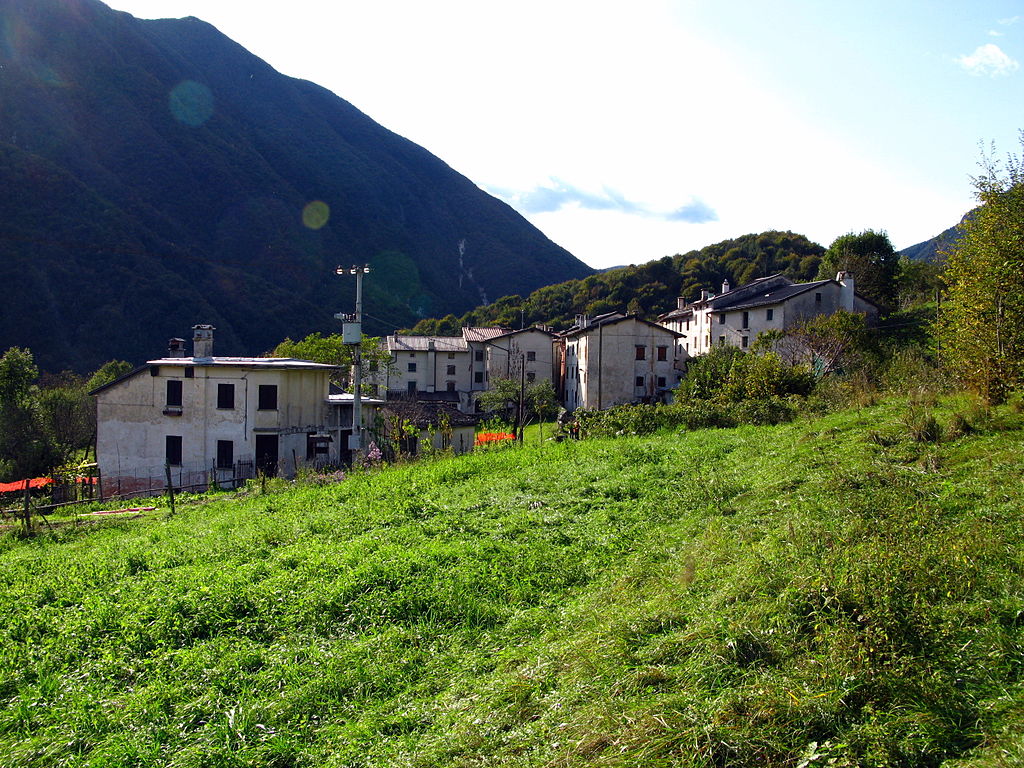
Stavoli, Friuli Venezia Giulia, Italy. Photo by Joadl, CC BY-SA 3.0, via Wikimedia Commons
Many of these small municipalities, far from services, are found on ‘slopes’ that mirror their depopulation and abandonment. Their demographic degrowth is offset by the growth seen in lower mountains connected to urban areas found at the foot of mountains or located in major tourist districts. These internal differences are concealed if one isolates the overall tendencies of mountainous areas.
European perspective
Metro-mountain and metro-rural polycentrism is already at the heart of important European strategies. In 2013 the European Commission published its legal, political and financial framework promoting and facilitating green infrastructure projects. The plan focuses on both providing ecosystem services and protecting biodiversity in high-quality natural and semi-natural areas. Green infrastructure is therefore seen as a means to increase nature’s ability to offer a wide range of goods and services, including clean air and water, healthy food and open leisure spaces.
Metro-mountain elements are also fundamental for the 2013 Eusalp Strategy, an EU initiative for the Alps. Eusalp covers forty-eight regions and seven countries, of which two are non-EU nations (Switzerland and Liechtenstein). The entire area, in which over 80 million people live, is highly attractive from a human, natural, economic and cultural point of view. Its plains and mountains coalesce within an indivisible natural and human system. Highland ecosystem resources have made the economic development of the plains possible: the Alps created Eridania, to return to Meuccio Ruini’s suggestive term.
In Italy, the National Strategy for Internal Areas has set out a territorial map of the country, which measures the ‘distance from essential services’. Localities far from primary and advanced essential service centres amount to 60% of the country’s landmass, 52% of its municipalities and 22% of the population. The 72 internal project areas selected and measured included a total of 1,071 municipalities with around 2 million inhabitants in 2017. On average, each area is made up of 15 municipalities with 28,400 inhabitants overall, living approximately 50 minutes from the nearest pole. In some cases, this extends to 60 minutes. Insufficient Internet connection compounds issues of living at distance from essential services: only 55% of the population had access to fixed broadband services between 2 and 20MB compared with a national average of nearly 65%.
Metro-mountain policies require a new form of recognition between the mountains and the plains able to define the conditions for public action that goes beyond help, subsidies or a vision of these highlands as pure wilderness.
Recognition for liberty
A genuine metro-mountain paradigm requires equal and reciprocal recognition between cities and mountainous areas for the norms and rules that regulate public action. ‘Recognition’ is an exercise in one’s autonomy or ‘free will’ that goes above and beyond purely self-referential action. Seen in this light, recognition involves giving moral authority to another subject. The subject is given the authority to limit their own field of action. When transposed to city-mountain relations, this interpretational key offers a clear vision of the shape metro-mountain policies should take. Cities, in recognizing mountainous areas as free subjects, publicly portray them ‘at liberty’. Thanks to the mutual nature of any relation of recognition, cities obtain an equal and reciprocal response from mountainous areas: the latter, too, regulate themselves, giving cities a legislative status that increases their liberty.
What is the final outcome of this reciprocal recognition between cities and mountainous areas? With it, the two subjects come together and are co-responsible for the norms they both observe. They are equally entitled to become involved in the substantiation and interpretation of these norms and, therefore, both express themselves in giving shape to a practice of communal life. In this sense, one could add that they reciprocally include each other in a common sphere of citizenship, within which they share the – first and foremost political – right to discuss and define, little by little, the legislative framework that regulates their lives, the conditions of their self-determination.
Current predicament
This is not the case today. The metrophilia that shapes public debate and public policies, finding its model in the plains and city and forgetting the country’s rugged, ‘mountainous nature’, sees recognition at best as a ‘certificate of good conduct’ or perhaps a ‘certificate of need’. Mountains are not granted the public recognition, which would make them an autonomous subject with ‘moral’ capacities: either they are amenities for our loisir or green and white deserts yet again in need of subsidies; mountain inhabitants are victims of woeful media representation that often portrays them as irascible drunkards.
According to today’s urban-centred standards, mountainous areas are not a ‘moral subject’ worthy of equal respect. Their populations are not peers in creating the norms and rules they are required to follow, and are not entitled to interpret them. They are not ‘perceived’ but ‘misconceived’. Choosing whether or not to give a certificate of good conduct is a power exercised by cities on mountainous areas: the certificate’s ‘perlocutionary’ effect only goes in one direction.
In this case, the process of recognition is similar to a university professor’s role during the final exams. The professor ‘makes’ students graduates, but this declaration has no effect on the professor, who is exercising a pre-established power. Practically speaking, certificates of good conduct do not involve reciprocal recognition but rather ‘classify’ the recognized subject as one’s counterpart.
Acknowledging other voices
Recognition, in the case of urban and rural dynamics, is a failure to acknowledge the other’s moral capacity. For a concrete example of this failure, just speak with old and new mountains inhabitants who live far from ski resorts and fast tourism. Listen to resilient Apennine communities, the protests coming from a multitude of small towns in the mountains or the complaints of local dairy farmers forced to obey the same rules as large farms down on the plains. Consider the lack of incentives and local programmes tailored to the needs of those who live and work in the mountains, or those who would like to live there. Analyse the failure of both the market and the state in providing mountainous areas with the collective assets necessary for local development and cohesion.
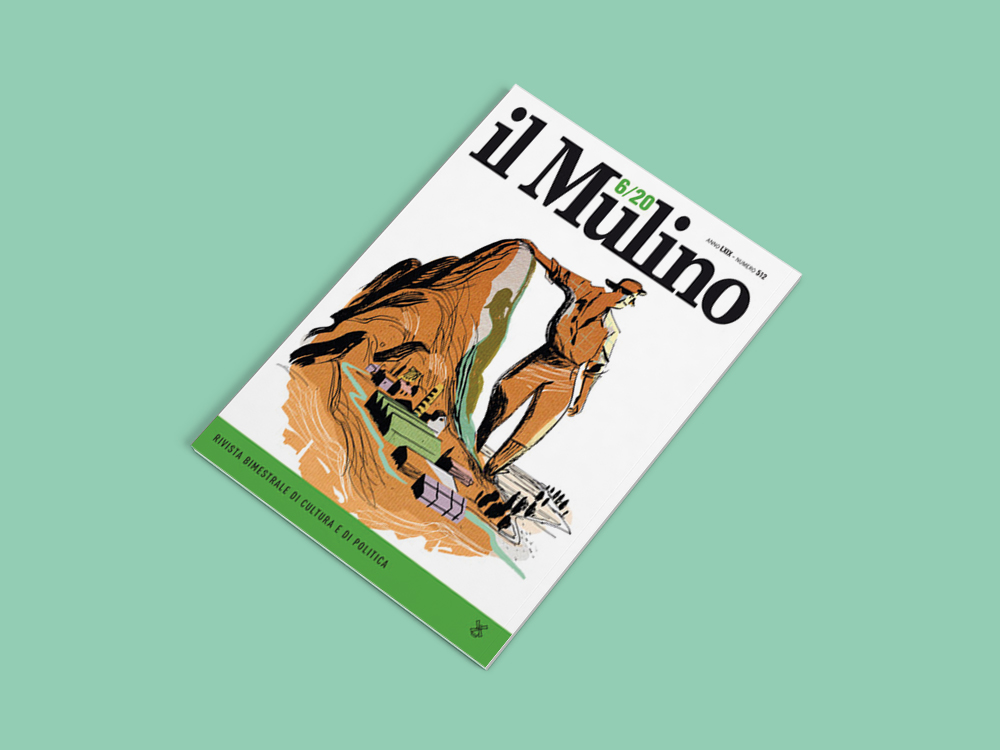
This article was originally published in Eurozine’s Italian partner journal il Mulino.
In the current best case scenario, mountainous areas are recognized through the asymmetric model of ‘good conduct’, offered as if a gift. A true metro-mountain model is entirely different. The recognized subject has the authority to behave according to its own will, which also has a constitutive effect on those who recognize and is, therefore, a two-way act that presupposes reciprocity. Put more simply: only by recognizing the freedom of mountainous areas can cities constitute themselves as truly free actors.
In authorizing the other to exercise their autonomy, a subject shows their own ‘capability for freedom’, their ability not to use might over right in relation to others and, therefore, to obtain, in return, recognition from them. The effect of authorization is bilateral, or metro-mountainous to be precise.
This type of recognition only makes sense if the other is able to ‘make their voice heard’ and, furthermore, able to engage in collective protest. It is the political possibility of having a voice that makes the other concretely present, as an ‘other-not-similar’. Without re-politicizing the ‘mountain issue’ and listening to the political voice of the highlands, there can be no mutual recognition between cities and mountainous areas. This is where metro-mountain policies must begin.
